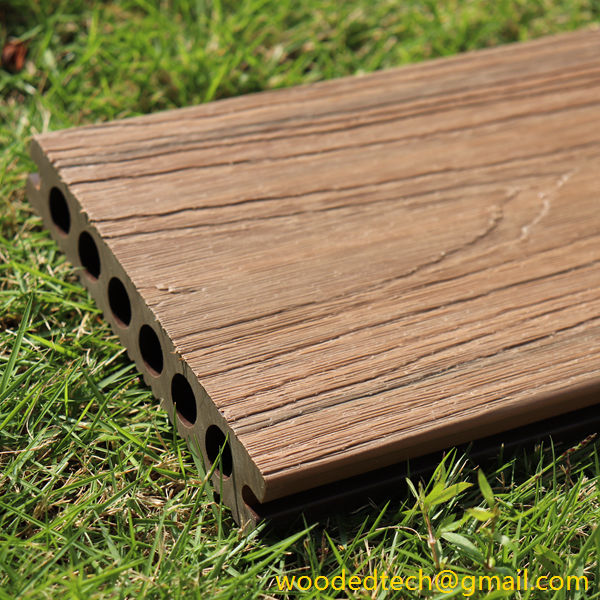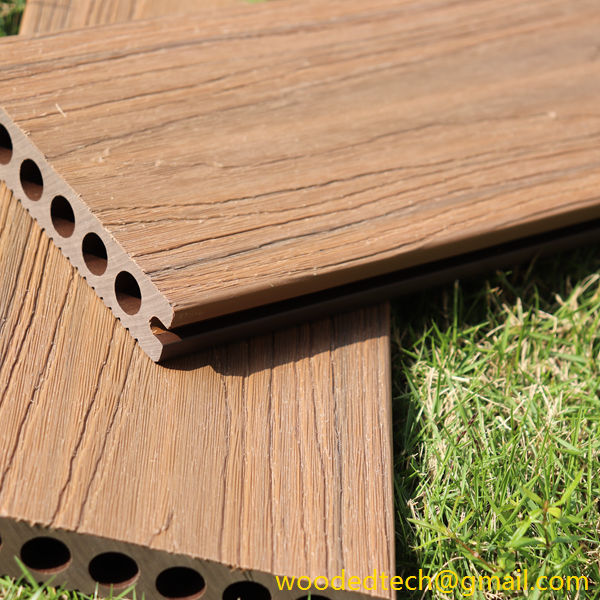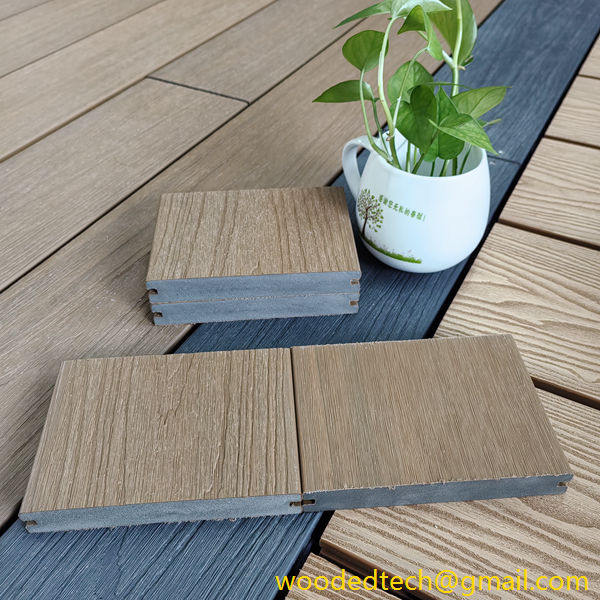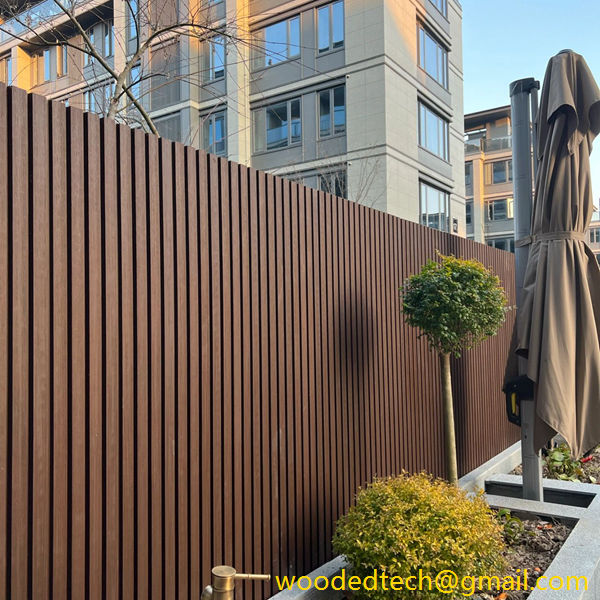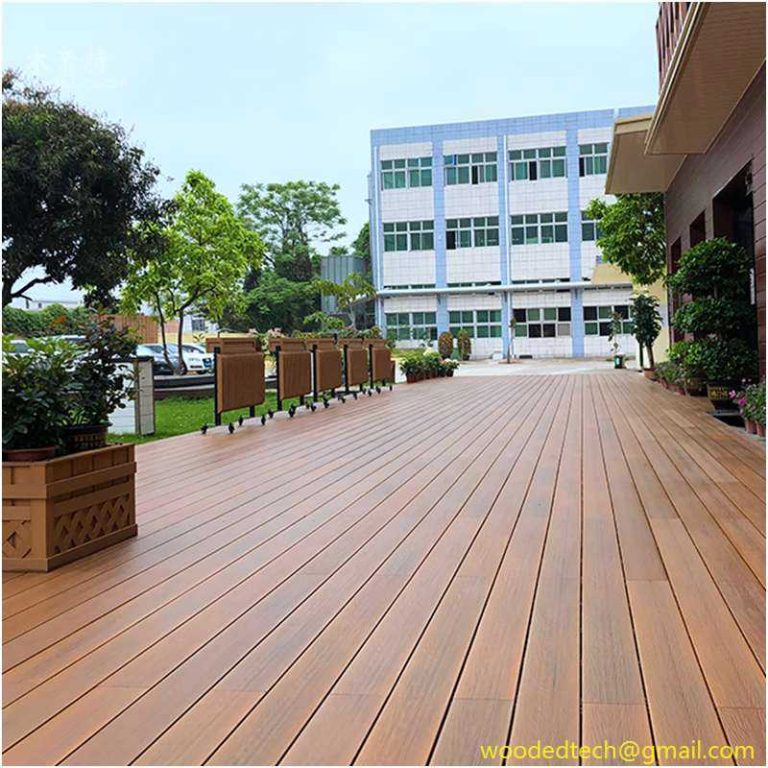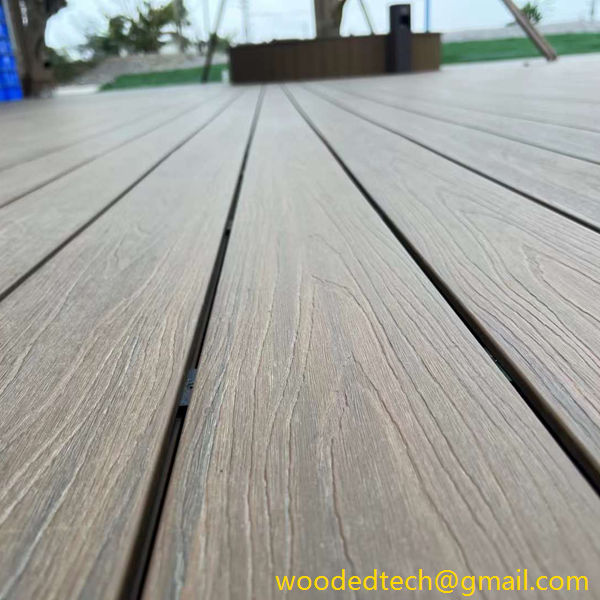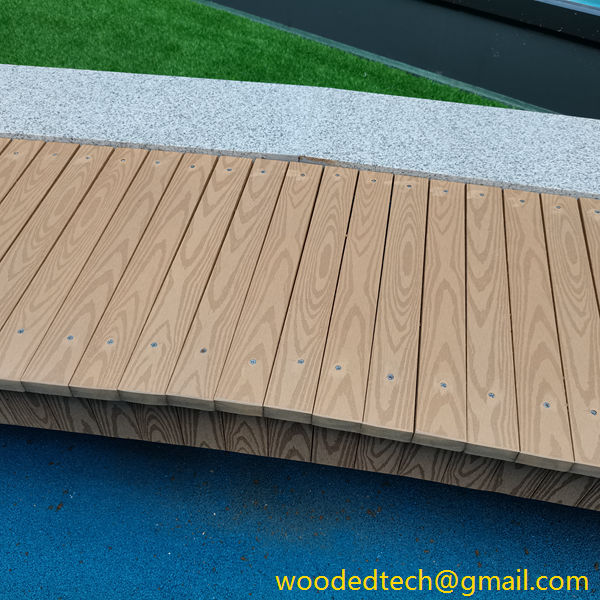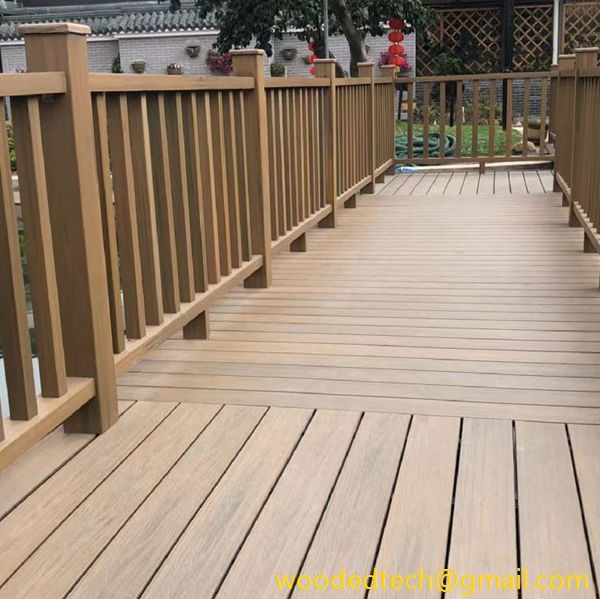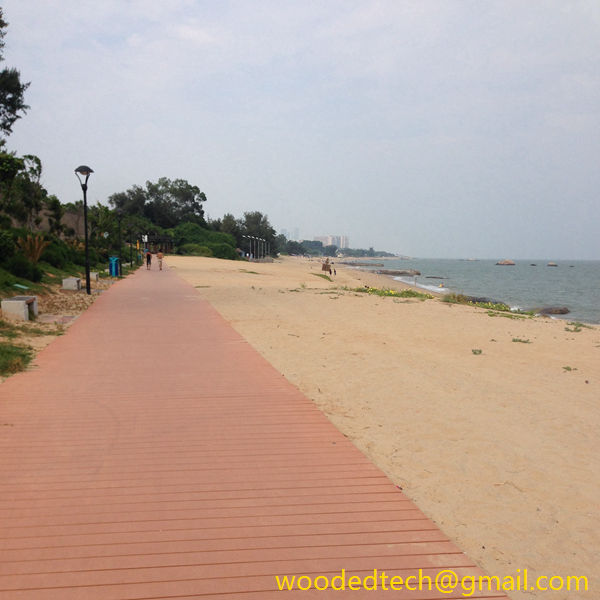Understanding What Is Capped Composite Decking and Its Advantages for Weather Resistance and Longevity
Understanding What Is Capped Composite Decking and Its Advantages for Weather Resistance and Longevity Capped composite decking has emerged as a popular choice among homeowners and builders seeking durable and aesthetically pleasing outdoor spaces. This innovative building material is an advanced version of traditional composite decking, designed to overcome some common drawbacks associated with wood…
Understanding What Is Capped Composite Decking and Its Advantages for Weather Resistance and Longevity
Capped composite decking has emerged as a popular choice among homeowners and builders seeking durable and aesthetically pleasing outdoor spaces. This innovative building material is an advanced version of traditional composite decking, designed to overcome some common drawbacks associated with wood and basic composite options. Understanding what capped composite decking is and its numerous advantages can help you make an informed decision when considering materials for your deck.
Capped composite decking consists of a composite core made from a blend of recycled wood fibers and plastic. This core is then encased in a protective layer, or “cap,” which is typically composed of a high-quality PVC or a similar synthetic material. This cap serves as a barrier against moisture, UV rays, and other environmental factors that can lead to wear and tear. The result is a product that combines the best aspects of wood and plastic, offering the warmth and beauty of natural wood with the resilience of synthetic materials.
One of the most significant advantages of capped composite decking is its exceptional weather resistance. Traditional wood decks are susceptible to various weather-related issues, including warping, splintering, and rotting. These problems often arise from exposure to moisture, which can infiltrate the wood fibers and lead to decay over time. However, capped composite decking is engineered to resist moisture absorption, thanks to its protective outer layer. This feature allows it to withstand rain, snow, and humidity without compromising its structural integrity.
Moreover, the UV protection offered by the cap significantly reduces the risk of fading and discoloration. Continual exposure to sunlight can cause traditional wood decks to lose their luster, turning dull and gray over time. Capped composite decking, on the other hand, maintains its color and appearance for years, requiring minimal maintenance to keep it looking fresh and vibrant. This quality makes it a preferred choice for homeowners who want to enjoy their outdoor spaces without the constant upkeep associated with traditional wood decking.
Another notable benefit of capped composite decking is its longevity. When properly installed and maintained, capped composite products can last for decades without significant deterioration. This longevity is particularly appealing for homeowners looking for a long-term investment in their outdoor spaces. Capped composite decking is often backed by warranties that reflect its durability, with some manufacturers offering warranties of 25 years or more. This assurance provides peace of mind and confidence in the material’s performance over time.
Additionally, capped composite decking is resistant to pests such as termites and other wood-boring insects. Traditional wood decks can attract these pests, leading to costly repairs and replacements. In contrast, the synthetic elements of capped composite decking deter insects, making it a safer option for homeowners concerned about pest infestations.
Comfort is another key consideration when choosing decking materials. Capped composite decking tends to be more comfortable underfoot compared to traditional wood. The surface is often smoother, reducing the risk of splinters and providing a pleasant walking experience. Additionally, capped composite decking typically stays cooler in direct sunlight than traditional wood, making it a more comfortable option for hot summer days.
Environmentally conscious consumers will also appreciate that capped composite decking is often made from recycled materials. The combination of recycled wood fibers and plastics not only helps reduce waste but also contributes to a more sustainable building practice. Many manufacturers adhere to stringent environmental standards, ensuring that their products are produced in an eco-friendly manner. This aspect can be particularly appealing to those looking to minimize their environmental impact while enhancing their outdoor spaces.
Aesthetic versatility is another advantage of capped composite decking. Available in a wide range of colors, textures, and finishes, capped composite products can mimic the look of natural wood while offering a modern twist. Homeowners can choose from various styles to complement their home’s architecture and personal preferences. This variety enables individuals to create unique outdoor spaces that reflect their tastes while enjoying the benefits of a low-maintenance material.
In conclusion, capped composite decking represents a significant advancement in outdoor building materials. Its unique construction allows it to provide exceptional weather resistance, longevity, and low maintenance, making it an ideal choice for homeowners looking to enhance their outdoor living spaces. With features such as moisture and UV protection, pest resistance, and aesthetic versatility, capped composite decking stands out as a practical and attractive option. Whether you are building a new deck or replacing an old one, capped composite decking is a material worth considering for its performance and durability in the face of varying weather conditions. By choosing capped composite decking, you can enjoy a beautiful, functional outdoor space for years to come, all while reducing your environmental footprint and minimizing maintenance efforts.

